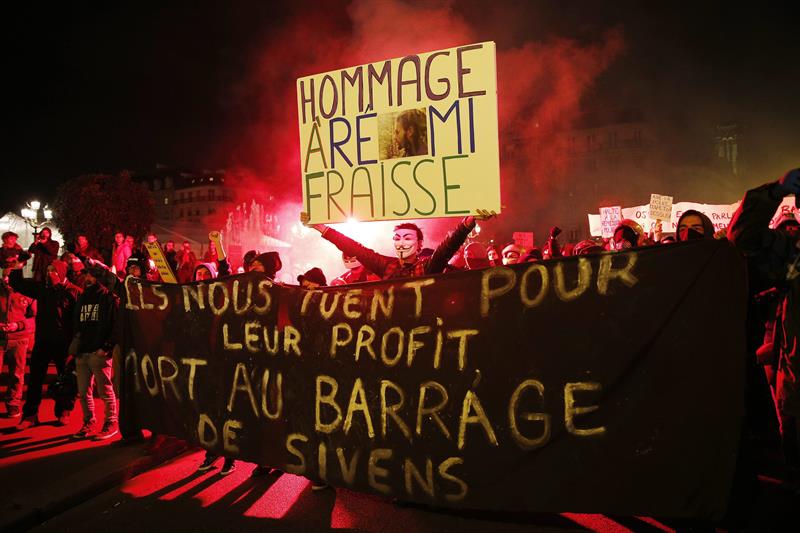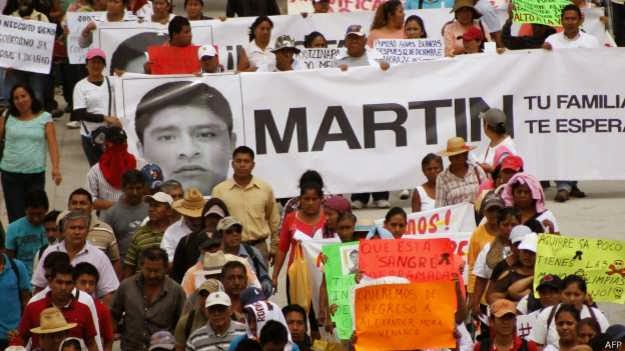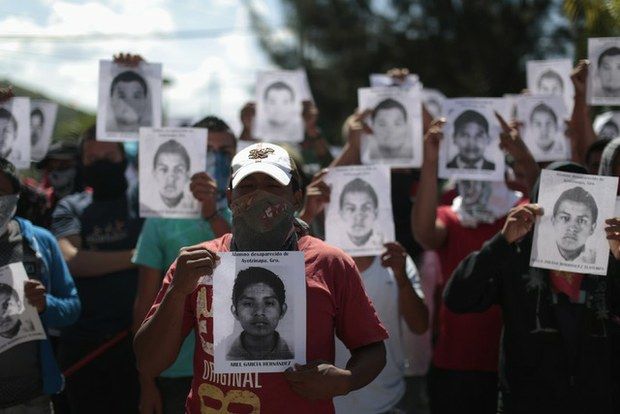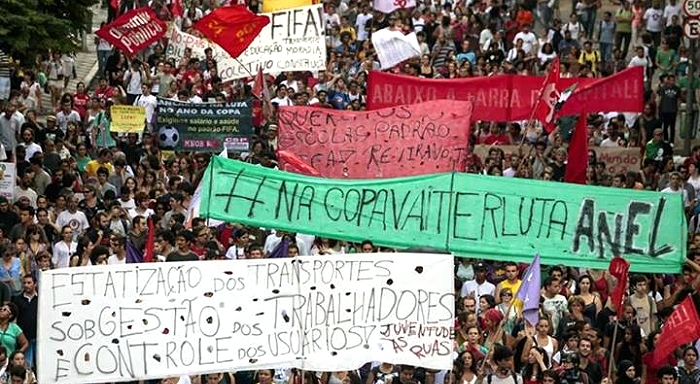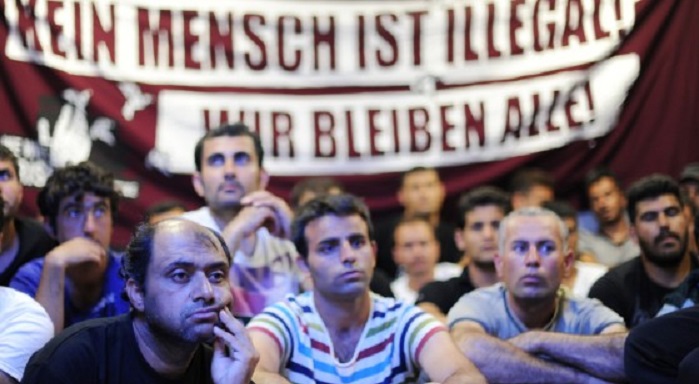Interview with Santiago Lupe, from Clase contra Clase
Massive mobilisations in Spain
08/06/2011
I am speaking to you from the Plaza Catalonia of Barcelona, renamed this very night, because of the massive assembly of more than 5,000 people, as Plaza Tahir, in tribute to the square that was the epicentre of the Egyptian Revolution, with the shout of ‘The revolution starts here!’ Today, the Central Electoral Board threatened to repress all the camps, especially the one in Madrid, where the movement is even more massive, and that caused even more people to go to the squares.
LVO: Santiago, tell us how this whole movement began.
Well, Spain is one of the countries that is experiencing the international economic crisis most severely, and, up to now, both the working class, and the young people had hardly responded at all to the attacks they are suffering. However, unrest at the effects of the crisis and at the austerity measures that the government has been imposing had been growing. This unrest had been expressed precisely in demonstrations like that on April 7 in Madrid, that brought together 5,000 young people, in the struggle against the cuts in healthcare in Catalonia, the demonstrations by the alternative unions on May Day, etc. All this was ‘warming up the motors’, that emerged this Sunday, May 15, with a day of demonstrations in more than 60 cities in the whole country, that were truly massive. It was a day that was called through the social networks, and that brought together tens of thousands, especially of young people, but also workers. The two biggest demonstrations were those in Barcelona, with around 15,000 people and the one in Madrid, with some 25,000. It is a movement that expresses, above all, a condemnation of the situation of unemployment of masses of people, of evictions of thousands of families, of a lack of prospects for an entire generation of young people, those of us whom the IMF itself calls the ‘lost generation’. At the same time, all the austerity measures are being condemned, like the labour reform, raising the age at which workers can retire, elimination of collective negotiations, that they are agreeing on right now, between the government and the union bureaucracy, and still others, that will come later, like cuts in healthcare and education, that they are trying out in Catalonia. The movement also expresses a very deep criticism, a denunciation, of the political regime, of the currently existing democracy. There is weariness and constant criticism of the institutions, the parties of the regime.
LVO: How did the subject of the sit-ins, the method of struggle with camps, emerge?
Look, the epicentre of the protest is in Madrid, which had the precedent of the April 7 demonstration and where the mobilization was much more massive. The government implemented a policy of selective repression, not repressing all the protests, but really trying to repress the one that was the head of the movement, that in Madrid. When the mobilization ended, the cops charged at the demonstrators, beating people and making 23 arrests. It was as a result of this repression that the youths who had made the march, decided to gather at the Puerta del Sol, mainly to demand the release of the comrades. This was between Sunday night and Monday. Early Monday morning, the cops again attacked and cleared out the camp, arresting another comrade. Against this new repression, this type of actions is beginning to spread to many other cities. The first of them is Barcelona, where the same Monday night, the camp appeared, at the same time that, in Madrid, the youths again occupied the Puerta del Sol, more than 2,000 young people, and set the camp up again. On Tuesday, we can say that the movement made a leap again, because the camps spread to more than ten cities, and, above all, both in the Madrid and Barcelona camps, there was massive growth, with the Madrid camp holding more than 10,000 people.
LVO: And what are the main characteristics of the movement?
In the movement, above all, spontaneity predominates. The people who are participating in the camps, and who participated in the demonstrations, especially young people, are giving free rein to an unrest that until now had not been expressed in the form of protests, because of the paralyzing effect that such an economic crisis has, and because of the union bureaucracies’ criminal policy of social peace that they maintain with the government. Especially beginning from today, Wednesday, when the mobilizations again made a leap, the movement has been extending itself to many other groups. It is beginning to connect with groups, for instance, from the student movement or the movement of workers who are fighting against cuts in healthcare in Catalonia, against the layoffs in many enterprises, in defence of their collective contracts, like the bus drivers in Zaragoza. That is, these young people have begun to converge with these groups that were in struggle before May 15. So, what has now happened is that the process has grown massively: the assemblies have doubled and tripled, and, likewise, some groups of workers that were already in struggle, have begun to make their way to the camp, to show their solidarity with the young people, and to try to converge. As examples I can mention to you, the Zaragoza bus drivers, who had a march today for their contract and ended that demonstration at the camp, or here in Barcelona, workers of Alstom, a train factory, who are facing the dismissal of 40% of the staff and came here to the camp this morning; female health care workers who also showed up today, or the fire fighters (who are civilians, not cops), who are also in struggle for their contract and came here.
LVO: What perspectives can be imagined of as a result of this situation?
In the first place, the movement is on the rise; it is likely that the very success that the assemblies have now had regarding attendance and converging with other groups, is probably going to cause the next assemblies to be even larger. All the forecasts indicate that, in this sense, we are far from having reached the maximum. But, in perspective, we have to say that this inrush of youth is going to have an effect on the groups that have been mobilizing and, in fact, we are already seeing that. They are creating a more favourable climate for the possible emergence of a real radicalization and extension of the struggles currently going on. The need for these camps to act as a centre of resistance and coordination of all the existing struggles is even beginning to be expressed in the assemblies. Probably the inrush of young people on May 15 could signify a turning point, between a stage in which the crisis was striking very hard, but no type of response was taking place, and a different stage in which the government is going to continue imposing very harsh plans, but it is going to have to confront growing resistance by workers and young people. We can say that the social peace, in which the government was working with the union bureaucracy for all these months, is beginning to have a serious opponent and beginning to see a real possibility of failing.
May 28, 2011
